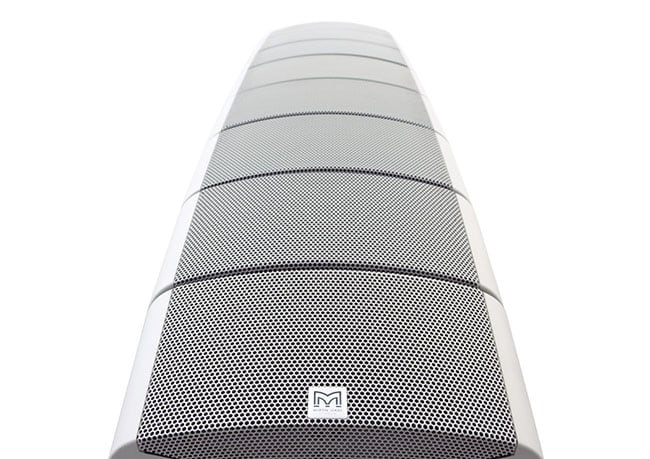The initial action in effective camera installation is to identify vulnerable zones within the retail space. These locations typically include entry points and exits, cash registers, and sections where high-value products are showcased. By placing surveillance devices in these locations, store owners can monitor customer actions and detect questionable activities. Additionally, surveillance systems at entry points can record images of individuals coming into and exiting the retail space, which is essential for identifying possible thieves. This proactive approach aids in reducing theft and ensuring a safe environment.
A further key consideration is the type of camera used in the retail space. Various types of cameras fulfill different purposes. For instance, dome-shaped cameras are commonly used for indoor monitoring because they are more obtrusive and can cover a wide space. On the other hand, bullet-style cameras are best for external use, as they are more conspicuous and can deter criminal activity. Retailers should evaluate their specific needs and choose the suitable camera models to guarantee complete coverage of the store.

In addition to camera types, the angle and height at which cameras are installed have a Visit This Link crucial part in their efficacy. Surveillance devices should be positioned at a height that allows for unobstructed viewing of individuals and actions without being readily manipulated with. A typical recommendation is to mount cameras at least 8 to 10 ft off the ground. Furthermore, cameras should be tilted to monitor as wide area as possible while avoiding areas without coverage. This tactical installation ensures that all zones of the retail space are observed, offering a complete view of shopper engagements and possible security threats.
Ultimately, it is crucial for store owners to regularly review and service their surveillance systems. This includes checking camera performance, confirming that recordings are clear, and updating programs as required. Regular maintenance aids to avoid technical issues that could compromise security. Additionally, retailers should review footage periodically to spot trends in customer behavior and possible safety risks. By staying vigilant and mindful to their surveillance equipment, store owners can establish a safer shopping environment and protect their resources efficiently.